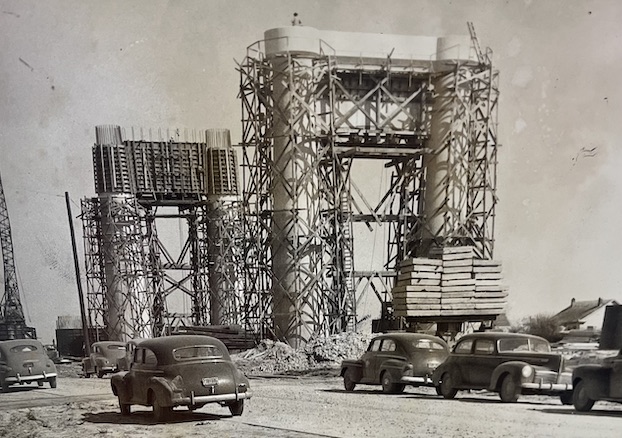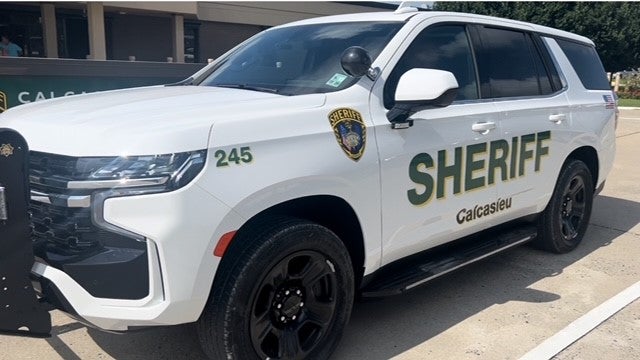City, PJ, district to split costs of land purchase
Published 6:00 pm Wednesday, September 27, 2017
It was recently indicated in the American Press that the city is purchasing 15 acres and building a stormwater-retention facility in the Contraband Bayou area because of drainage problems.
How much is this project going to cost, and how is it being paid for? Are the overall taxpayers paying for it through property and sales taxes?
Why doesn’t the city require the hotels, shopping centers and other new development to build their own stormwater-retention facilities to help reduce runoff from their large impervious surfaces?
The Calcasieu Parish Police Jury voted in March to buy 14 acres of land for a regional detention facility, and the city and Ward 3 Gravity Drainage District 4 each agreed to cover 25 percent of the purchase cost.
Mike Huber, Lake Charles planning director said the city’s share will come from “gaming revenue, sales tax collections and general fund reserves,” and he noted that the city has only committed to helping buy the land.
Parish Administrator Bryan Beam said earlier this year that the parish’s 50 percent share for the land purchase would come from an existing 4-mill road and drainage property tax. The levy brings in about $7.5 million a year.
Parish officials have said the detention pond, along Louisiana Avenue near East McNeese Street, would cost about $5 million to build.
As for city requirements, Huber said, new developments that include 40,000 square feet of impervious area must have zero net stormwater runoff.
“This means that the stormwater runoff rate of the post-development cannot exceed the pre-developed runoff rate,” Huber wrote in a statement forwarded to The Informer.
“Where post-development flows are elevated, the developer is required to build and maintain stormwater storage facilities to achieve a zero net runoff. These facilities could include above-ground detention ponds or enlarged subsurface drainage features designed to slowly release stormwater.”
For more info: www.cityoflakecharles.com.
‘Hawai‘i’ spelling of word in Hawaiian
When did they start putting the apostrophe between the two last letters in Hawaii?
“Hawai‘i” is how the word is spelled in Hawaiian.
The mark that cleaves the end of the word, signaling a glottal stop, is called the okina, and it’s one of two diacritical marks essential for writing Hawaiian words.
The other, the kahako, is a macron — that is, a straight line above the “o” to indicate a long vowel sound.
The marks tell readers how the words should be pronounced and construed.
For example, notes the University of Hawai‘i website, “pau” — pronounced POW —means “completed.” But with variations in the placement of the okina and kahako, “pau” becomes the Hawaiian words for “smudge,” “moist” and “skirt.”
For more info: www.hawaii.edu.





